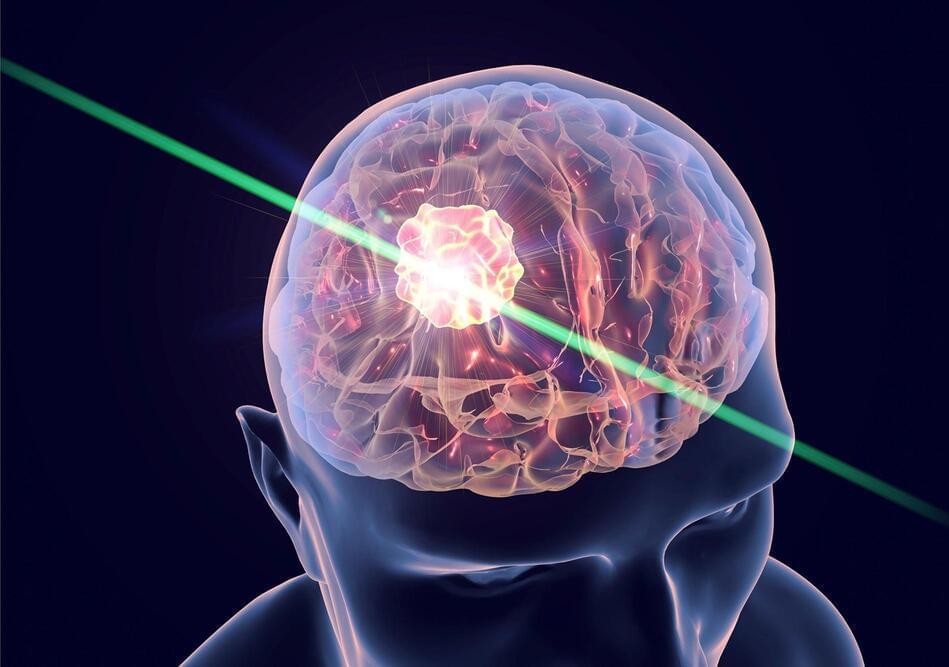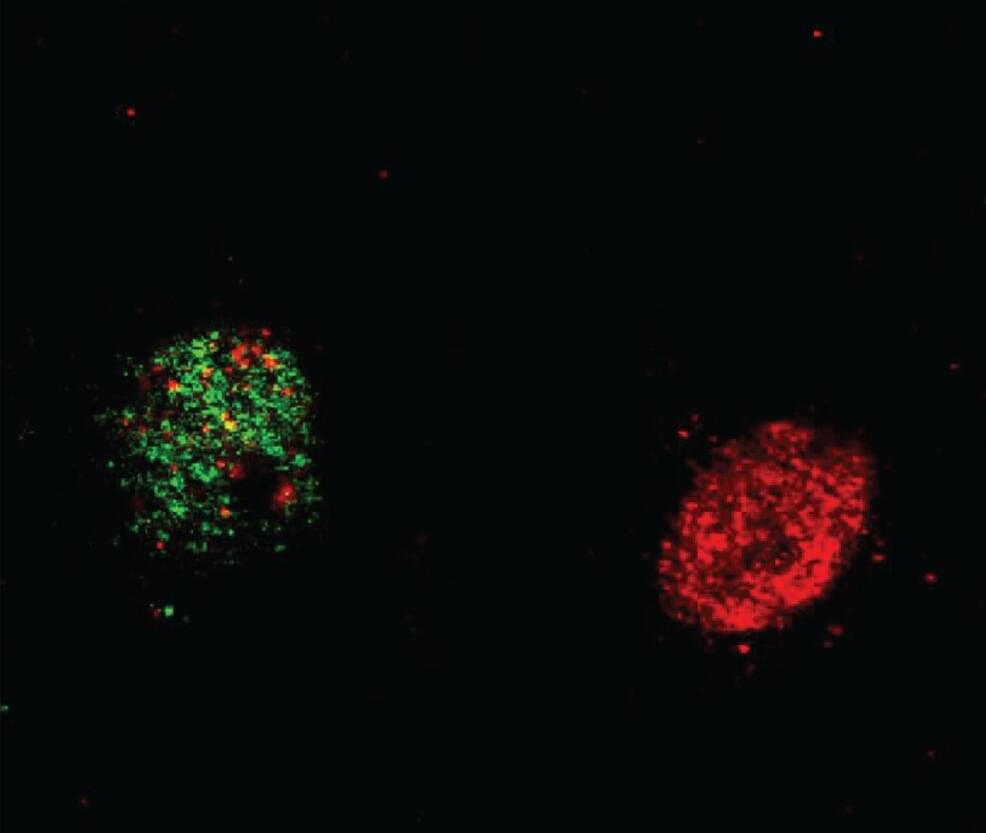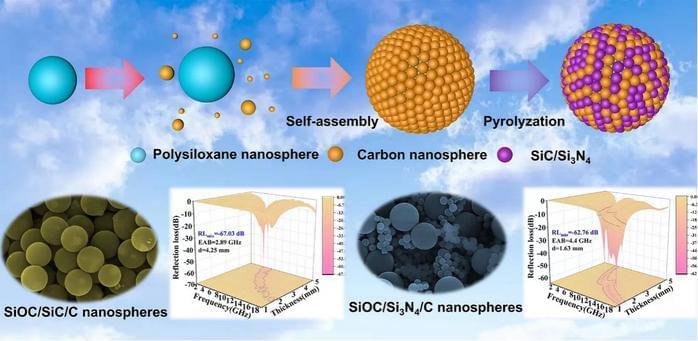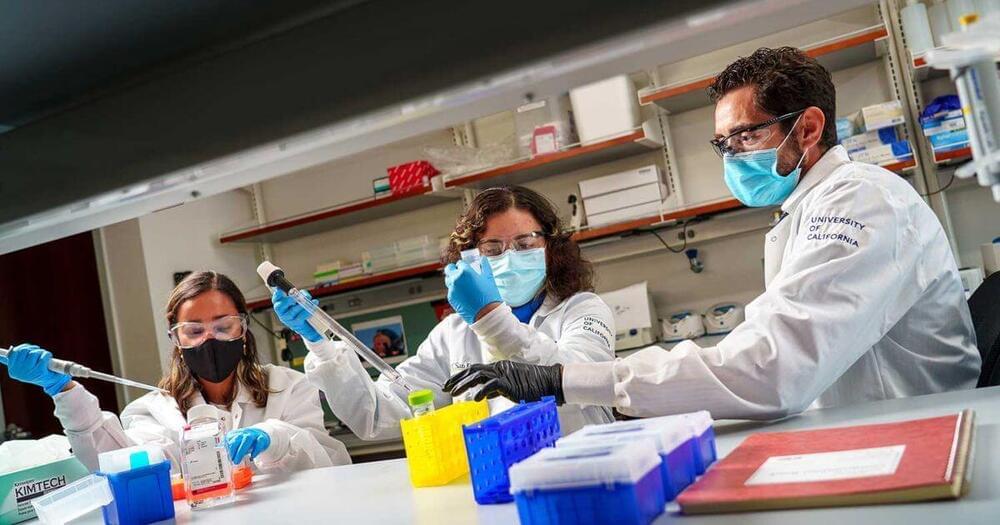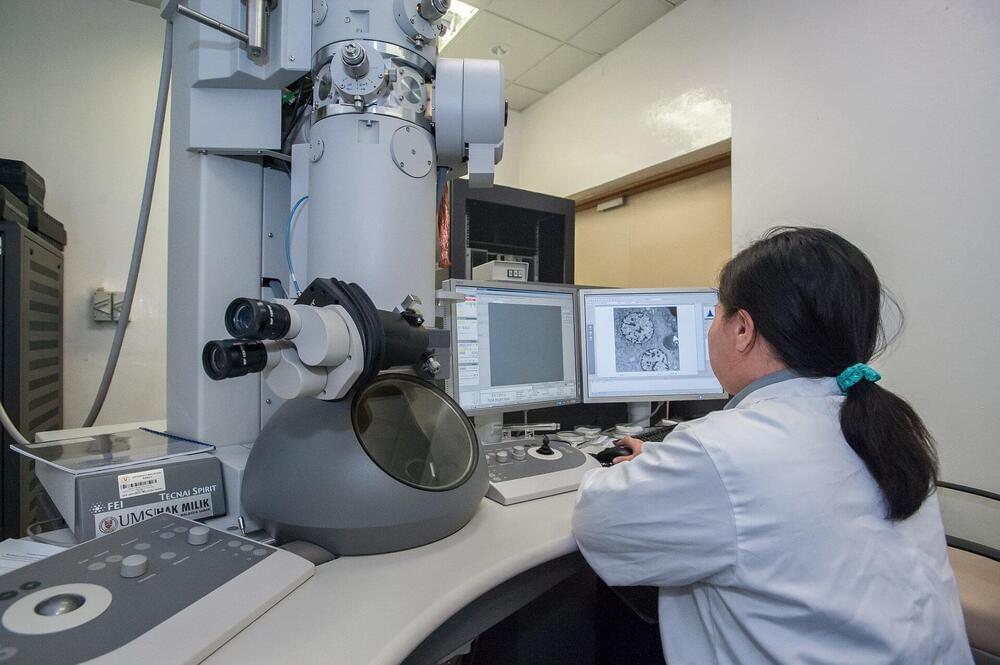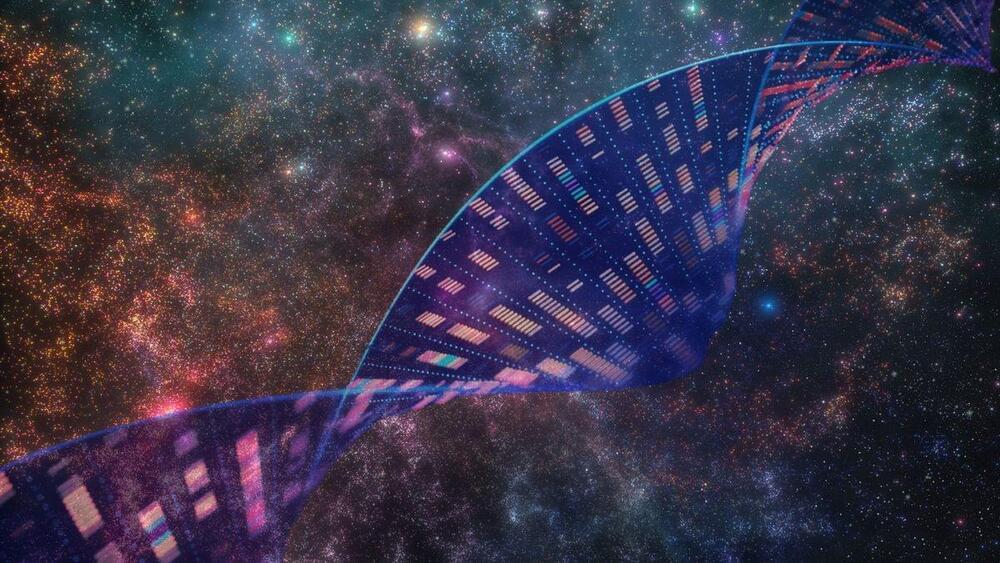Aug 2, 2024
Brain Cancer Breakthrough: New Therapy Destroys Glioblastoma in Recently Unveiled Pathway
Posted by Saúl Morales Rodriguéz in categories: biotech/medical, neuroscience
Researchers have discovered a new pathway used by cancer cells to infiltrate the brain and developed a promising therapy that targets this pathway with CAR T cells.
Their study showed significant preclinical success in increasing survival and eradicating tumors in animal models of glioblastoma and other brain cancers.
A team of Canadian and American research groups led by the Singh Lab at McMaster University have discovered a new pathway that is used by cancer cells to infiltrate the brain. The research also reveals a new therapy that shows promise in blocking and killing these tumors.
